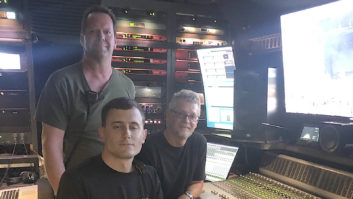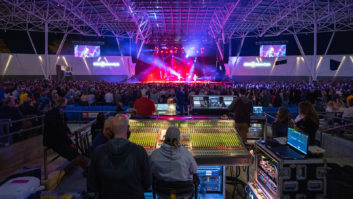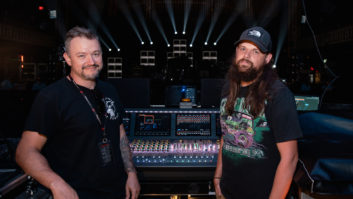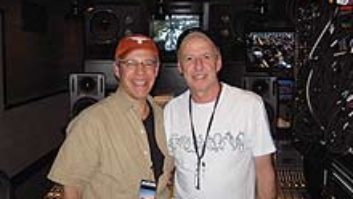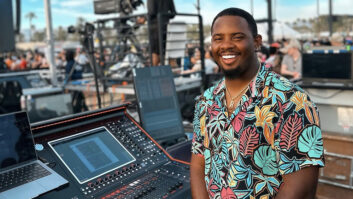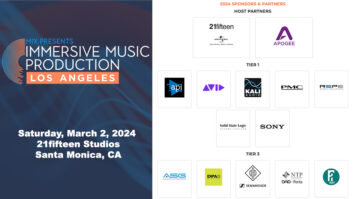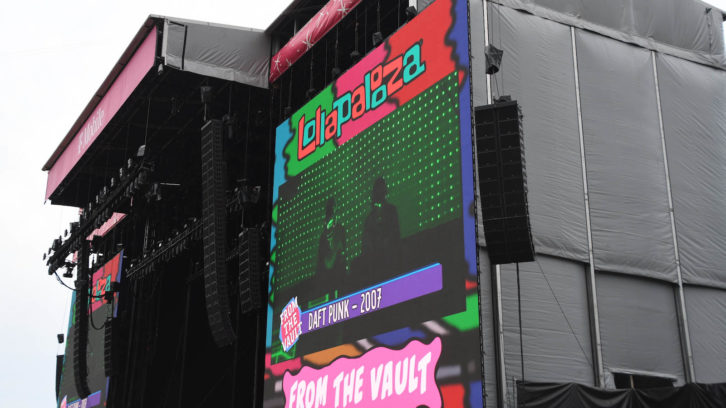
Chicago, IL — Lollapalooza took on a huge significance this year, well beyond its status as a long-running, A-list music festival.
From the moment in mid-May when Chicago Mayor Lori Lightfoot appeared in a Zoom call with festival co-founder Perry Farrell and Chicago public health Commissioner Dr. Allison Arwady to announce that a four-day, full-capacity, vaccination/negative-COVID-test-required music-fest would take place beginning July 29, Lollapalooza entered the mainstream, becoming something of a cultural bellwether to measure the pent-up demand for live music against the lingering and very real concerns of public safety and large-scale gatherings.
By all accounts, even with an estimated 385,000 people descending on the city, the mitigation efforts proved worth the effort, as Lollapalooza, closely watched by the national press, has not been deemed a super-spreader event. Within two weeks of Foo Fighters and Young Thug closing Lollapalooza from opposite ends of Grant Park, Milwaukee Summerfest, Bonnaroo, Austin City Limits, Outside Lands and others announced the same vax/test requirements this Fall.
Of course, in keeping with the surging nature of COVID-19 and its Delta variant, all the best laid plans may yet change, but for now, it’s on! And for a few days in Chicago, artists, crew and fans alike were reminded of the thrill and energy of great musicians on the big stage, with perfect weather and adoring (mostly mask-less) crowds, and powerful, clean sound coming out of big-ass speakers. The crowds were rapturous.
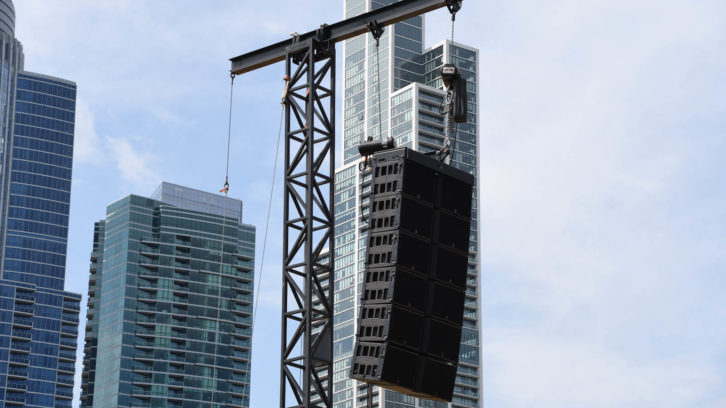
LD SYSTEMS ON THE MAIN STAGES
The audio and lighting crews from LD Systems, responsible for the two main stages, which faced each other across nearly a half-mile of Grant Park, were pretty happy to be back on the ground, too. “It felt great being out there with the five-man team on the T-Mobile Stage and the four-man crew on Bud Light,” says Thomas Ruffner, head of audio at LD and lead systems tech at Lollapalooza. “We’ve kept relatively busy over the months with one-offs for our regular clients around the Houston market, but it was great to be back at a festival, and I couldn’t be prouder of my team. They hustled, they worked hard and it ended up running real smoothly, which was a big relief considering nobody had worked on something this big in quite a while.”
LD Systems, based out of Houston, Texas, with a satellite operation in San Antonio, is somewhat unique in the upper echelons of audio production houses, in that the company is small enough to maintain that mom-and-pop feel and yet large enough to accommodate their largest client, the Houston Livestock Show and Rodeo, which runs for 20 nights of rodeo events and headlining concerts at the 70,000-capacity NRG Stadium. Also, the company rarely provides sound for tours.
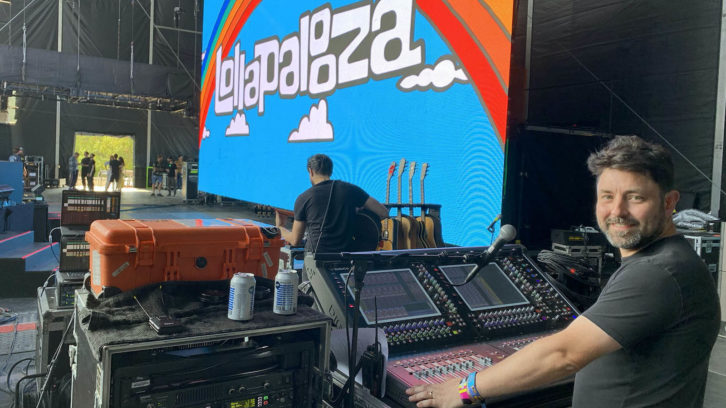
“We are known for doing a lot of specialty events and one-offs,” Ruffner explains. “The feedback we get is that our festival clients like that about us. We want the customers to be able to count on us for their gigs, year in and year out. We also do Austin City Limits, Voodoo Fest, Travis Scott’s Astroworld, and this year, we are scheduled to do the main stage at Bonnaroo. [EDITOR’S NOTE—Bonnaroo was ultimately cancelled due to flooding caused by Hurricane Ida.] There are a couple big ones that we do every year, and we can schedule our inventory to meet those needs.”
This wasn’t the first time LD Systems had been at Lollapalooza. From 2013 to 2017, they handled sound and lights for the Grove Stage, one of the smaller side venues. “We lovingly referred to that stage as ‘the meat grinder,’” laughs Ruffner, who earned a recording/production degree from Middle Tennessee State University before cutting his teeth mixing live sound in bars and later finding a spot on a Lyle Lovett tour before landing at LD Systems. ”It was eight bands a day for three days, with all 20- to 30-minute changeovers. These were the kinds of acts that are just getting going, and not a lot of them had tour engineers. That first year we did it, I think I mixed monitors for 23 out of 24 bands, and it was a grind, no doubt about it. Then in 2018, we got the invite to take over the north and south main stages, which was just fantastic for us.”
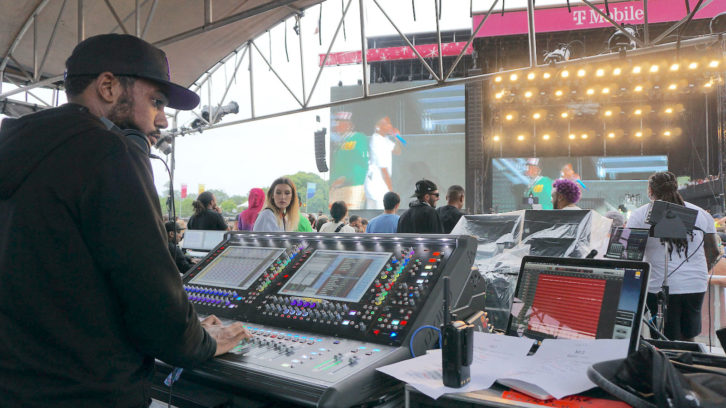
L-ACOUSTICS IN THE FIELD
In 2021, on the main T-Mobile stage, Ruffner and his crew—Jimmy Steinke, monitor systems engineer; Trevor Schumann, Lead Patch/ Stage Technician; and A2 Stage Technicians Josh Rodriguez and Tony Luna—deployed their largest P.A. system yet, a festival-worthy L-Acoustics system with two rings of delay towers and 32 subs in eight zones of four, six of those zones in a 3+1 cardioid configuration. The main left-right hang consisted of (4) L-Acoustics K1SB over (16) K1 over (4) K2 per side; Sub Hangs of (8) K1SB per side; Out Hangs of (6) K1 over (6) K2 per side; (16) Kara frontfills; and (32) KS28 ground subwoofers. The two rings of delay towers included three hangs per ring, left-center-right, with (6) K1 units per tower.
The stage, meanwhile, was covered by (12) L-Acoustics 115XT HiQ monitors; (4) SB18s for drum subs/key subs; (2) K2 over (2) SB28 per side for sidefill; and (3) LA Rak drive systems. A similar, but slightly smaller system, was set up alongside a similar LD Systems audio package for the Bud Light Seltzer Stage. On that stage, the LD Systems crew included: Rafael Rosales, Audio Crew Chief and Systems Engineer; Kendall Hayward. Monitor Systems Engineer; Bryan Woodall. Lead Patch/Stage Technician; and Jozef Rodriguez; A2 Stage Technician.
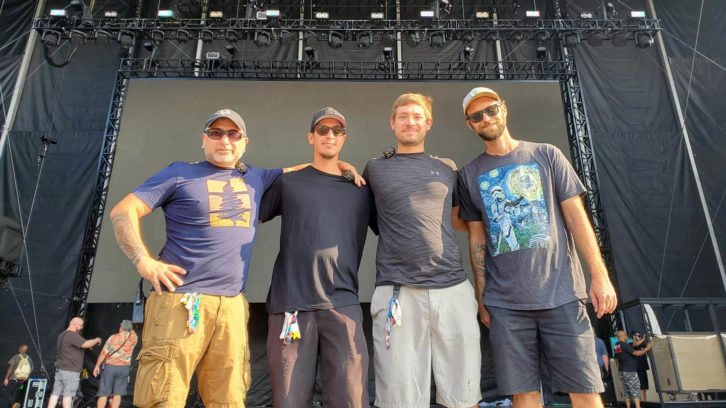
Throughout the past 18 months, Ruffner and his team back at the Houston warehouse were meticulous about regular maintenance on the electronics during down time, so they were confident their gear was ready to perform. His only real question once they arrived on-site involved figuring out the delay towers across an open field, then timing them.
“It’s borderline on whether you absolutely need two rings of delays,” Ruffner says. “This was my first time handling this particular stage, and during the setup on Tuesday and Wednesday, I started wondering whether or not we could be successful with just one delay ring with larger hangs instead of two rings with smaller hangs. But we already had the plan in place, and what we put out there sounded great and definitely worked out well. The delays felt pretty seamless when I walked from front of house to the back of the field.”
Feeding the Stream at Lollapalooza
Out in the open field, with no boundaries or reflections and with clear skies and mild winds, the whole system sounded “just magnificent,” Ruffner says. “Joining the L-Acoustics family as a certified provider [starting in 2012] has opened the door to so many of the opportunities we’re fortunate to have. It is single-handedly the best technology investment the company has ever made.”
ROTATING CONSOLES AT FOH
Meanwhile, at front of house, it was a typical festival scene of multiple consoles on hand and others rolled in for any particular artist.
LD Systems has long relied on Avid Profiles, though it will rent or buy based on client demand. Throughout the Lollapalooza festival stages, DiGiCo consoles dominated, while at the T-Mobile main stage, visiting engineers brought everything you might imagine, from a 16-fader Midas M32 for Backseat Lovers to a fully loaded Yamaha Rivage 10 for Foo Fighters. “For the longest time, the Avid Profile was just the workhorse for us in that middle-of-the-day-at-a-festival-type band,” Ruffner says. “Next year, we’ll be making some decisions about what consoles we’re going to put out on these types of gigs. DiGiCo is a big front-runner. The demand for DiGiCo consoles from the festivals, and from artists performing at festivals, is completely unprecedented, but there are other great ones out there. I think the Rivage sounds amazing and they have excellent redundancy options, and Avid S6Ls are in such high demand as well. I venture to say that next year at all of our festivals, we’ll be deploying new consoles.”
While LD Systems is conversant in Dante, and while it ran Cat 6 in places, it didn’t really employ a networked audio system as, say the audio streaming setup did. “We don’t have to do a lot of signal distribution outside of our stage,” Ruffner explains.
“Somebody may ask us for a feed, like Chris Shepherd in the American Mobile truck, and we provide the feed over copper, but we’re usually only responsible for our stage and not all the VIP areas or whatnot. Our main touch points are within a hundred meters, and we had enough I/O in our drive system to handle various feeds over copper. We just like to keep our signal distribution scheme as simple as we can.”
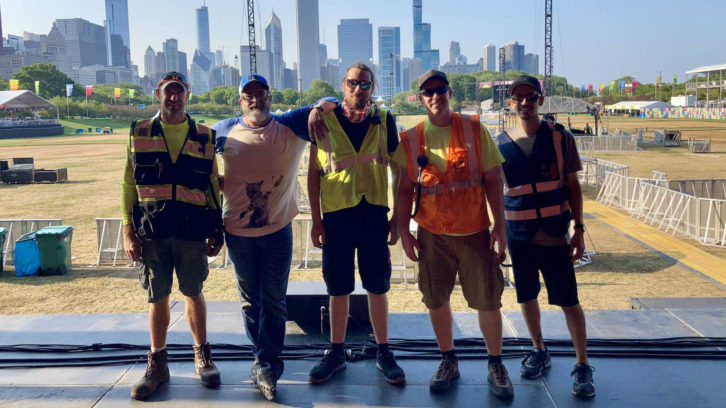
BACK ON THE ROAD
Following load-out from Lollapalooza, Ruffner and team headed back to Houston, where they jumped right into an even larger system setup for a touring All Elite Wrestling event at the University of Houston’s 7,000-seat Frettita Center. Then a few corporate and local street fair-type festivals, the Woodlands Pavilion…the audio life is picking back up, and music festivals play a large part in feeling a sense of the return to normalcy.
“I kind of prefer the outdoor stages on the flat field over the arenas because you don’t have any room acoustics to contend with,” Ruffner says. “Yeah, you have weather and you get wind, which can be a challenge, but I don’t think there’s anything better than an outdoor festival. You just put the system and the talent out there, and let it do what it’s going to do. And it’s great!”
